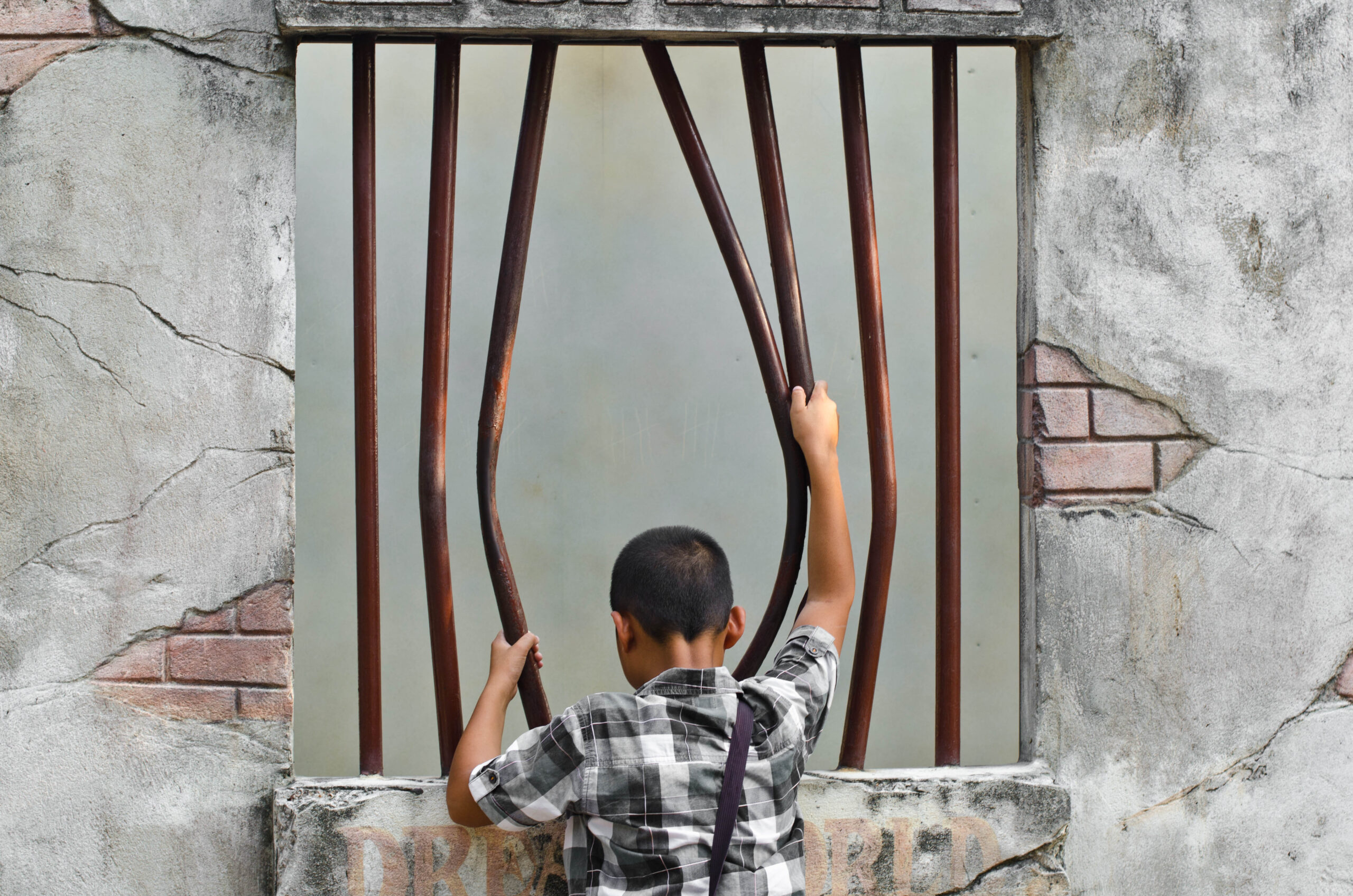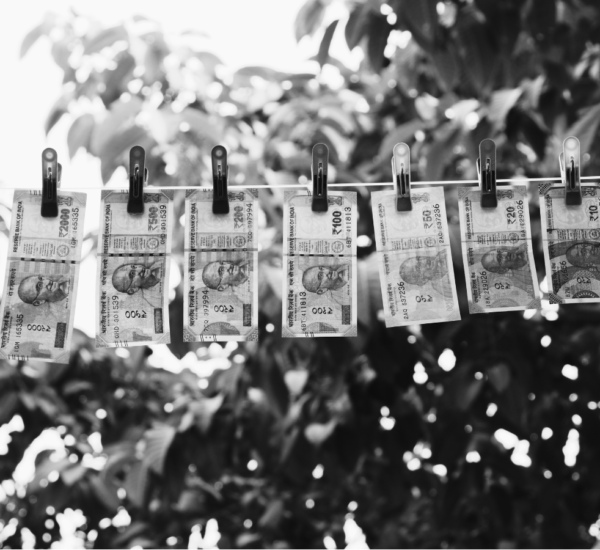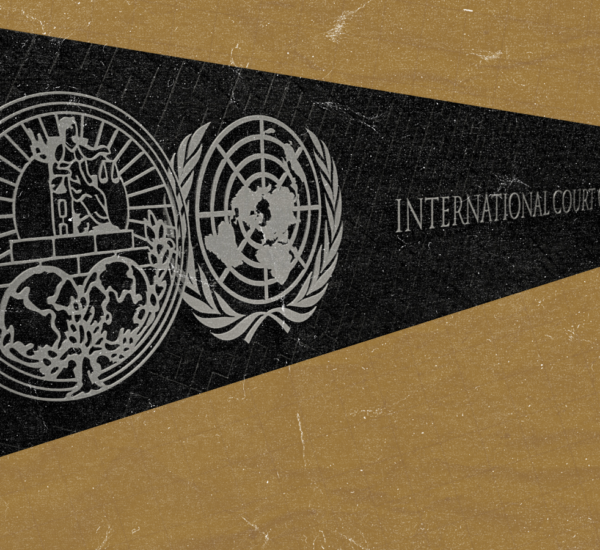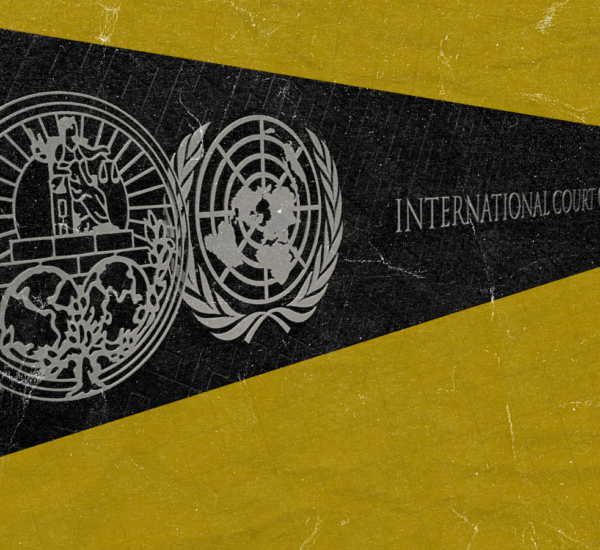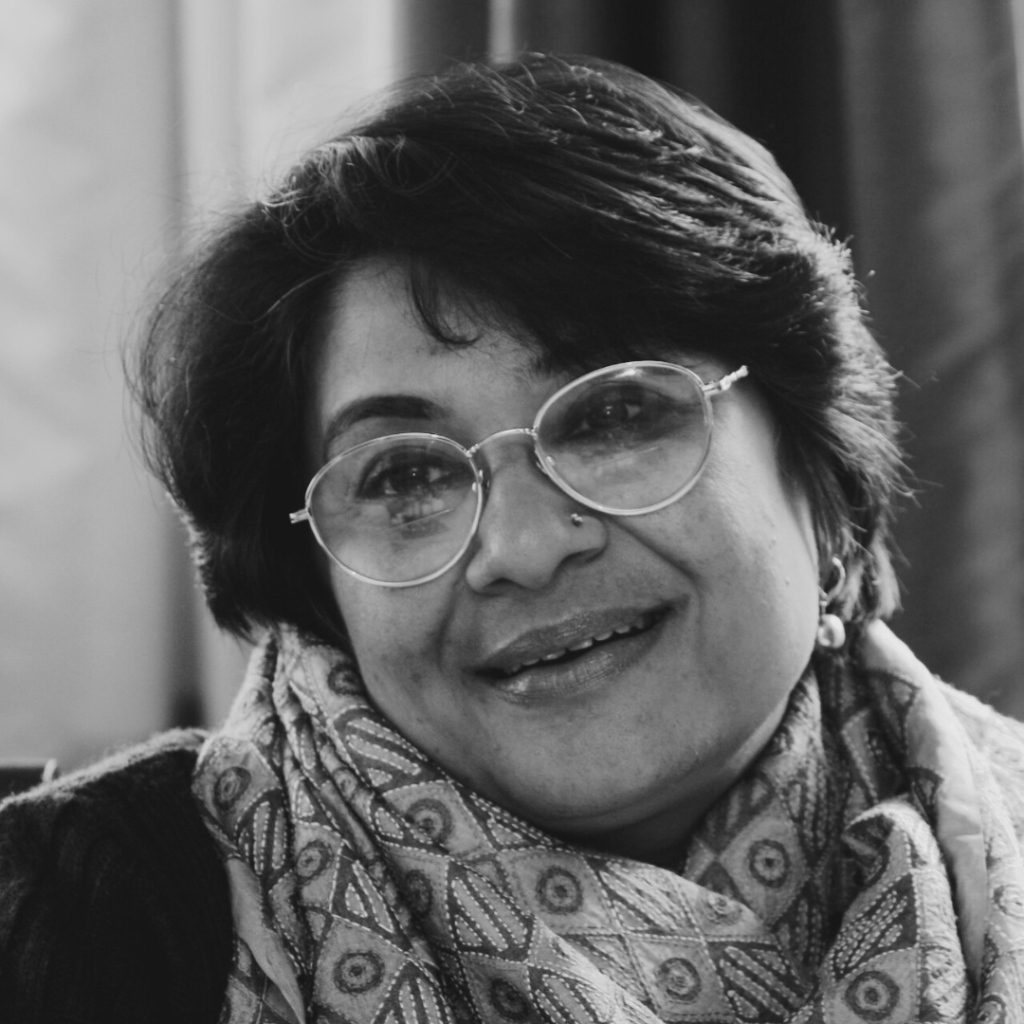
Enakshi Ganguly
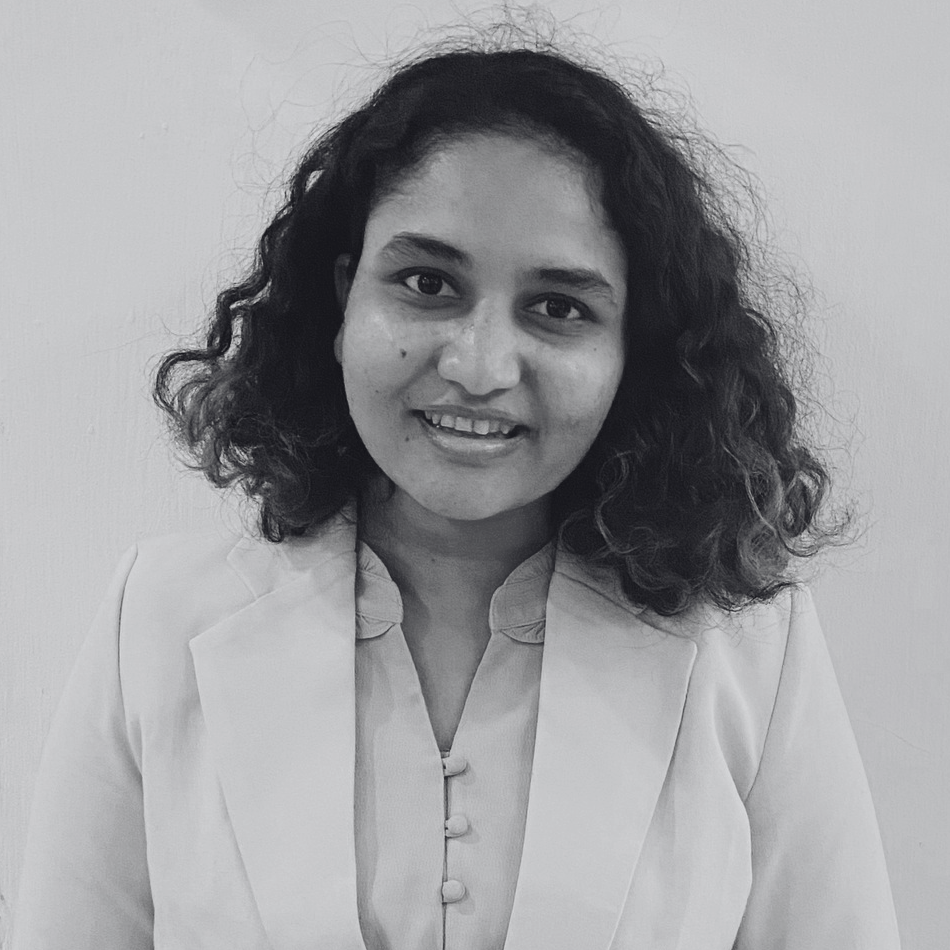
Snehal Dhote
With vast experience on a wide range of human rights issues since 1985, Enakshi Ganguly, the co-founder of HAQ: Centre for Child Rights recently published her first book, ‘Juvenile, Not Delinquents: Children in Conflict With the Law’. The book, co-authored with Kalpana Purushothaman and Puneeta Roy, is a thought-provoking account of her experience working on child rights, powerfully arguing that we have failed to support vulnerable children in their path to reform. In this conversation with Snehal Dhote, Associate (Sentencing) at Project 39A, Enakshi discusses the book as well as her thoughts on child rights discourse.
- Snehal Dhote (SD): I loved reading the book and genuinely felt it presented unique and important insights into vulnerable children, which is further enriched by your experiences and your knowledge. What inspired you to write this book?
Enakshi Ganguly (EG): While I was not always planning on writing something like this, when the publisher approached me to write the book, it got me thinking about the series of case studies of young people I came across in my life – some good, some bad. I wanted to tell their stories, both of children who reformed and those who didn’t. I wanted the book to sensitise people a little, to tell them more about children they cast away as ‘delinquents’. I wanted to tell them about who these children are and why they do what they do, even if I can’t change their minds. The book is also dedicated to the adults who never give up on children, whether they manage to ‘reform’ or don’t. In the latter half of the book, Kalpana Purushothaman and Puneeta Roy, two such people, write about their own experiences.
- SD: In the book, you mentioned that you were first inspired to get into this line of work after a case of child abuse at a children’s home in Delhi in 1996. Could you tell us a little more about the beginning of your journey into this line of work?
EG: I was first introduced to children in institutions in 1993, as a part of Multiple Action Research Group (MARG), which was when the first ever Juvenile Justice (JJ) Act, 1986, was the governing law. Through a friend, I heard about a child who had died in a Delhi childcare institution, so we began visiting the institution to learn more. It was the first time I was introduced to children in the JJ system, which was very different back then. Like in the law now, that law too dealt with two sets of children, Children in Conflict with the Law (CCL) who were called ‘delinquents’ then, and Children in Need of Care and Protection, who were called ‘neglected children’ or ‘neglected juveniles’. The difference in treatment was that, back then, they were all brought into one facility called the observation home which was different from the observation homes we have now. From there, they were segregated and sent to two separate kinds of homes or facilities depending on which category they belonged to. Under the current law, children are sent to different institutions right from the start.
That early visit to a children’s home made me realise that there exists a very thin line between the two groups of children. I saw children who had they not been brought into the system, and placed in a child care home, would have been declared ‘delinquents’, convicted and put into a juvenile reform home. This experience made me more aware and I began thinking about issues surrounding children from a much more nuanced perspective. And this has carried on throughout my life. Although for some years in the middle I was not as engaged with juvenile justice issues, once we started HAQ: Centre for Child Rights, I found myself growing more and more involved.
I saw children who had they not been brought into the system, and placed in a child care home, would have been declared ‘delinquents’, convicted and put into a juvenile reform home.
- SD: What was your approach when you began working with children? What helped you prepare for what must have been a very different experience for you?
EG: I think my experience at MARG is what helped me with this work. MARG was not a child rights organisation, it was a legal rights organisation that worked on the socio-economic and socio-legal rights of a wide range of marginalised communities. It also worked on child rights issues, mainly advocacy for child labour. While I did work with the children in the institution, and familiarised myself with the law on juvenile justice, it was not active engagement but a component of work on different human rights issues. As part of the organisation, I was involved in women’s rights issues, displacement due to development projects, tribal rights, and unorganised labour. That gave me an understanding of the interconnectedness of issues – how they are indivisible and interdependent.
For example, I saw tribal children who were forcibly evicted from their lands in the name of development, with no protection of rights and no benefit from the project. Then one realises that it is these same children who get pushed out of their homes, with even the minimal resources they had then taken away, and that is what makes them vulnerable, eventually finding themselves pushed to the wrong side of the law. So, I think that is my approach, Instead of understanding child rights as a stand-alone issue, I locate it in the larger ecosystem of society as well as imagine the kind of ecosystem we want to provide to children, wherever they may be.
- SD: Very recently, the Supreme Court ordered the release of one of our clients Narayan @ Niranaram who ran away from home in Rajasthan and was arrested for a crime in Maharashtra when he was just 12 years old, completely vulnerable and alone. He ended up in prison, on death row, for 28.5 years because his name somehow got converted from Niranaram to Narayan in Maharashtra records. He was recently released by the Supreme Court, which ruled that he was a juvenile at the time. He’s 41 years old now.
EG: Yes, I read about him. 28.5 years, that is crazy! In my book, I write about the Pahadiya boys who have a similar story. One of the boys was fourteen years old, but nobody knew that they were in prison because they were simple goat herds. They were completely forgotten until Dr. Vasudha Dhagamwar discovered them in a Chotanagpur Jail and decided to file a petition. In the book, I explain that CCLs or juvenile delinquents or offenders are actually part of the same society to which all of us belong. It’s just that some of them are pushed into certain actions that they may not even have planned or intended to do.
- SD: In my work on sentencing at Project 39A, we have often seen judges cite ‘young age’ as a mitigating sentencing factor to impose a less harsh sentence. However, after the 2012 Delhi incident, the law has been changed and now children between the ages of 16 to 18 years can be tried as adults. This also seems to have led to a greater rejection of young age as a mitigating factor. What do you think about this? Do you believe in adopting punitive measures or believe another approach might be more beneficial for both the children and for society?
EG: I definitely believe we need to move away from punitive action, which is increasingly how the courts and public approach child offenders. The tragedy is that the law is always changed in light of the few – there are some children who are truly violent or not amenable to reform, but they are a minority. Unfortunately, the law seems to be designed only for them. The law fails to consider those who are vulnerable and fall into the system, and need a chance to make a fresh start. While we claim that the object of the JJ system is reform, our instinctive reaction is always more punitive and more stringent.
Yet, we do not take this approach with our own children. We cut them a lot of slack, justify their behaviour, and cover it up as a mistake. We do the opposite for people who are considered the ‘other’. We make harsher laws because we assume it is only going to impact the ‘other’, and not our children. If only we realised that this is not true!
The tragedy is that the law is always changed in light of the few – there are some children who are truly violent or not amenable to reform, but they are a minority.
Judges are also inclined to be more punitive. Although there is no provision for capital punishment or life imprisonment without release for 16 to 18-year-olds, long periods of incarceration impact young people. It impacts their chances of reformation. Judges are influenced by the societal narrative that children are now maturing faster and are fully aware of the consequences of their actions and so they need to be treated as adults. Only in very few cases do judges acknowledge that children should be treated differently. For instance, in 2021, a 19-year-old child was given bail in a murder case. Judge Vishal Gogne in his order mentioned that the child was a ‘neo-adult’ and deserves to be dealt with sympathy.
We make harsher laws because we assume it is only going to impact the ‘other’, and not our children.
- SD: About the punishment of life imprisonment without release, I recently heard from a person who had been arrested at the age of 16 and given the sentence of life imprisonment without parole in the US. He also said the same thing – that there was nothing to look forward to inside prison. One wrong decision could have a massive impact, it could lead to a 16-year-old landing in prison forever, forced into a system with adults. There is no hope left for anything. Children are constantly abused and harassed and that reduces one’s will to reform.
EG: Yes, that is true. Even if someone is not a ‘criminal’, the constant abuse, harassment and bullying inside an adult prison can make a young person violent. The frustration of being incarcerated gets added to the frustration of being constantly bullied and taken advantage of. So, you create violent tendencies in a person by putting them inside a violent atmosphere and everyone knows that prison is a violent place.
It must also be remembered that people, after living in prisons for long periods of time, do not have any skills. They cannot look after themselves after getting out of prison, because their basic needs of food and shelter are provided. At the same time, prison remains a devastating space as abuse, bullying, and beating are the only means of survival. After growing up in an atmosphere like this, they are ill-equipped to be part of the real world where they are now expected to fend for their own food and shelter. Without any capacity to fend for themselves, they are just prime targets to be sent back to prison.
- SD: We’ve talked about the impact of the December 16, 2012 gang rape case. What do child rights groups think about juvenile perpetrators of sexual violence and how to address such crimes?
EG: In the conversation after the Nirbhaya case, it was framed as women’s rights versus children’s rights, as if a person getting the protection of the JJ law means compromising on women’s safety when it was clearly not the case. We are not saying that there is no perpetrator and no victim, nor that all young people who commit crimes are to be treated as victims or not held accountable. All we ask is that a young person’s rights be protected as well. The treatment given to them should be appropriate to their age and the stage of their life. We need to ensure that they have an opportunity to reform and that they are given a chance to start all over again. Allowing this does not take anything away from the rights of the victim, which too must be protected.
We are not saying that there is no perpetrator and no victim, nor that all young people who commit crimes are to be treated as victims or not held accountable. All we ask is that a young person’s rights be protected as well. The treatment given to them should be appropriate to their age and the stage of their life.
In cases of sexual violence, the idea of justice the public has is that if the perpetrator gets a harsh punishment and the victim feels vindicated, then that means justice is achieved. However, that is not the case in reality. Even after the accused has been punished, the victim may not experience a sense of justice. I have come across cases where the victim’s sense of justice was restored, even before the case was concluded, when her parents believed her. There was nothing that she wanted except for her parents to say, “Yes, we believe in you and support you”. In cases of sexual assault by a relative, the victims talk about feeling safe when they were sure that the person would never be allowed inside the house ever again. Thus, the sense of justice differs in every case and it is not necessarily only about revenge.
- SD: But Enakshi, has providing opportunities for reform and integration not always been the approach of the JJ law? Then, how do we make it more effective and more empathetic?
EG: The JJ Act is not a standalone law. It cannot be. The Act is just one law that provides the structure for addressing issues of vulnerable children. But we also need to widen our lens and look at other laws for children. Are all children in school? Is the right-to-education law functioning the way it should be? Are they being provided with the right amount of nutrition? Why are children falling into labour? And if they are being rescued from labour, what is happening to them? What is happening to children who are being trafficked? So, all of these things also need to be considered and everything should be considered holistically. We are looking at this one Act as the panacea to all social reform, the answer to all children’s issues – but this approach does not work.
Another thing which I, unfortunately, have not discussed in my book is corruption. Let’s face it, it is a huge issue. The rations for children – bananas, rice, even bedsheets and slippers, everything is snatched from them.
Despite all the gaping holes that we have, we place the onus of reform on the shoulders of the children and blame them for not reforming, when it’s actually the system that is failing them.
After turning a blind eye to all of these fallacies, we will then complain that the child is not reforming.
Despite all the gaping holes that we have, we place the onus of reform on the shoulders of the children and blame them for not reforming, when it’s actually the system that is failing them.
- SD: In your book, you also have a section on why the cut-off age for juvenility is 18 years. How is it that suddenly when you are 18 years old you become an adult, whereas if you are 17 years and 364 days old, you are a child? Recently, I spoke to Professor Ann Skelton, who has also written the foreword to your book, and she spoke about how age is just a legal fiction created to at least protect persons who fall under the limit of that fiction.
EG: Yes, I did try to find out why it was 18 but I could find a single document that explains why 18. I mean through the years, across countries, I have seen 18 as the cut-off age. But there is no answer on why not 19. Why not 15? If the logic is teen years then it should have been 19. So, there is no explanation for the law as it stands. At least, not any that I could find in documents.
- SD: Yes, definitely, we need to find out why 18 years is the cut-off age. I have one more question for you on age. For people below 18, decisions related to sex and abortion cannot be taken without parental consent, supervision, permission etc. This signifies that a person under 18 is not capacitated to take decisions about sex and abortion. However, why is it that if you are under 18 and commit a crime, then all responsibility for that crime is attributed to you? Why is autonomy different for sex and abortion, and crime?
EG: We tend to infantilise children on certain things and ‘adultify’ them on others. So, we ‘adultify’ them when we tell them to go and earn a living and shoulder economic responsibility. So, the child labour law does allow children to work, even if it is limited to certain kinds of occupations. But when it comes to sexual behaviour, we infantilise them because sex and sexuality are taboo – so we have 18 years as the age of consent. It is about control, it is about shame, especially with girls. As long as there was child marriage, it was okay to have sex at a young age. There were many young mothers then and it was considered completely fine, even if we didn’t actually talk about sex. For the appropriation and reproductive duties of women, it was alright. But, if you are doing it for pleasure, that is when it becomes taboo.
So essentially, everything is about control. At the end of the day, it’s about power and control that adults want to exercise on young people. They ‘adultify’ young people when it suits them because it serves their purpose. It is very important for us to open up this conversation about sex and sexuality. Otherwise, we will go on criminalising more young people, which will lead to there being more young people in the system.
We tend to infantilise children on certain things and ‘adultify’ them on others. So, we ‘adultify’ them when we tell them to go and earn a living and shoulder economic responsibility
- SD: Before concluding our conversation, I would like to ask you for your advice, since you have been in this field for so many years. As someone who has recently joined Project 39A, the things that we see and discuss, with the gruesome, graphic details of these crimes often become an intense experience. So how do you manage to remain an effective support system for others without getting traumatised yourself?
EG: I think we all need to go for therapy. I do, I did. Our own mental health is very important in the kind of work that we do. Otherwise, we will not get objectivity and as long as we are not objective, we cannot be doing what we do in a capable manner. So, I think that’s what I would say to you and to everyone. Getting help is not a bad thing.
Note: This interview has been edited throughout for clarity.


